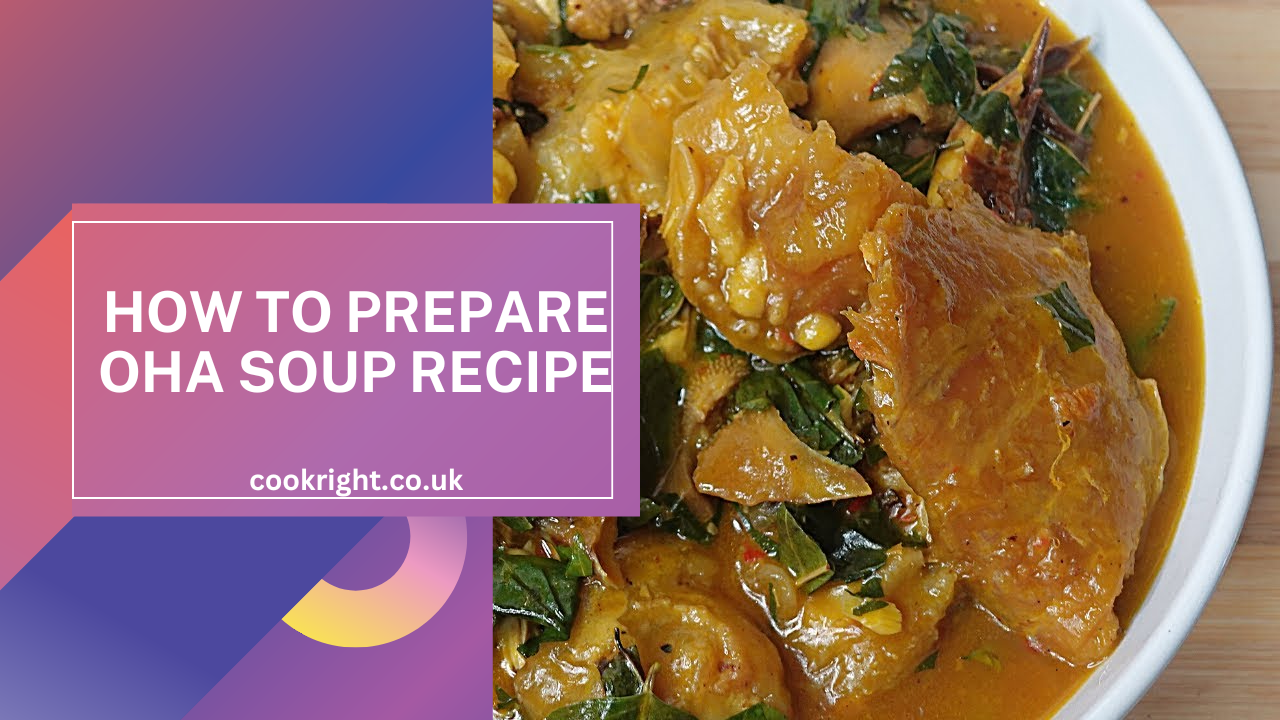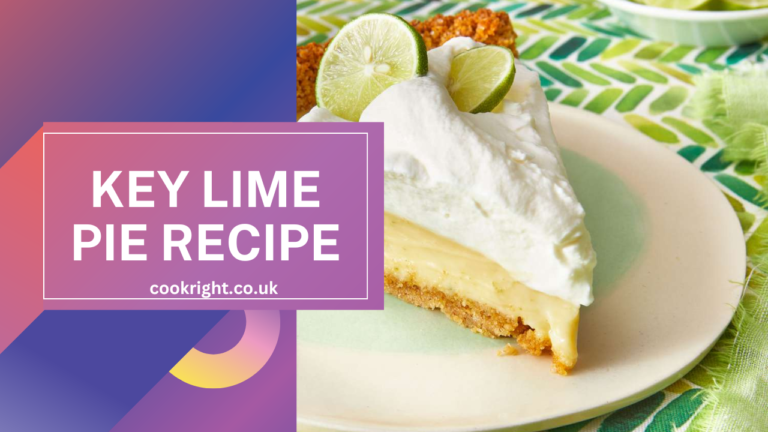Oha Soup, also known as Ora Soup, is a traditional Nigerian soup that’s a staple in Igbo cuisine. It is celebrated for its rich, earthy flavors and comforting warmth, making it a favourite in many households, especially during family gatherings and special occasions. Oha Soup is distinct from other soups due to its unique ingredient—Oha leaves—which add a slightly bitter, yet refreshing taste that sets this soup apart.
In this comprehensive guide, we will walk you through everything you need to know to make a delicious pot of Oha Soup, from the essential ingredients to the step-by-step cooking process.
Ingredients
To prepare Oha Soup, you will need the following ingredients:
- Oha Leaves: The star of the dish, these leaves are traditionally hand-shredded to maintain their flavor and texture.
- Cocoyam (Ede): This acts as a thickener for the soup, providing a creamy texture and a slightly nutty flavor.
- Palm Oil: Adds a rich, vibrant colour and a distinct taste that defines many Nigerian soups.
- Assorted Meats: Typically, a mix of beef, goat meat, and offals (like shaki and kidney) for depth of flavor.
- Stockfish and Dry Fish: These add a smoky taste and an extra layer of flavor.
- Ogiri Igbo (Traditional Fermented Condiment): A unique seasoning that gives Oha Soup its characteristic aroma and taste.
- Ground Crayfish: For a touch of seafood flavor.
- Seasoning Cubes: To enhance the overall taste of the soup.
- Ground Pepper: For a bit of heat; adjust according to your spice tolerance.
- Salt: To taste.
Step-by-Step Preparation
1. Prepare the Ingredients
- Cocoyam Preparation: Start by peeling and boiling the cocoyam until it is soft. Once cooked, pound or blend the cocoyam into a smooth paste. This will be used later to thicken the soup.
- Oha Leaves: Gently wash the Oha leaves and shred them using your fingers. It’s important not to cut them with a knife, as this can alter the taste.
- Stockfish and Dry Fish: Soak the stockfish and dry fish in warm water to soften them. Once softened, clean them thoroughly, removing any bones and scales.
2. Cooking the Meats
- In a large pot, add your assorted meats, seasoning cubes, and a pinch of salt. Add just enough water to cover the meat, and cook on medium heat until the meat is tender. This can take about 30–40 minutes, depending on the type and size of the meat.
- Once the meat is tender, add the softened stockfish and dry fish. Allow them to cook together with the meat for another 10 minutes so the flavors can meld.
3. Adding the Palm Oil and Cocoyam
- Pour palm oil into the pot with the meats and fish. Stir well to incorporate. The palm oil will give the soup its characteristic colour and rich flavor.
- Add the pounded cocoyam paste in small dollops. Stir occasionally, and allow the cocoyam to dissolve fully into the soup, thickening it as it cooks. If the soup is too thick, you can add a bit of water or meat stock to achieve your desired consistency.
4. Seasoning the Soup
- Add ground crayfish, ogiri Igbo, and ground pepper to the soup. Stir well and let it simmer for another 5-7 minutes. These ingredients will deepen the soup’s flavor, giving it a robust, aromatic profile.
5. Adding the Oha Leaves
- Finally, add the shredded Oha leaves to the pot. Be careful not to overcook the leaves; they should be added last and cooked for just 3-5 minutes to retain their fresh, slightly bitter taste and green colour.
- Adjust the seasoning with additional salt and pepper if needed. Stir the soup gently to ensure all ingredients are well combined.
Serving Suggestions
Oha Soup is best enjoyed with a variety of traditional Nigerian swallows like pounded yam, fufu, eba, or semolina. Serve it hot in a deep bowl, and enjoy the hearty combination of meats, fish, and richly flavored broth.
Tips for the Perfect Oha Soup
- Fresh Oha Leaves: Always use fresh Oha leaves for the best flavor. If you can’t find fresh leaves, you can use frozen ones, but the taste might not be as vibrant.
- Cocoyam Substitute: If cocoyam is unavailable, you can use achi or ofor as a thickener. However, cocoyam provides the best consistency and flavor for traditional Oha Soup.
- Balancing the Flavors: Be cautious with the amount of ogiri Igbo as it has a strong flavor. Start with a small amount and adjust according to your taste preference.
- Patience is Key: Allow the soup to simmer properly at each stage to fully develop the flavors. Rushing the process can result in a less flavorful dish.
Nutritional Benefits of Oha Soup
Oha Soup is not only delicious but also nutritious. It is packed with essential vitamins and minerals from the Oha leaves, proteins from the assorted meats and fish, and healthy fats from palm oil. Cocoyam provides carbohydrates and dietary fiber, making this soup a balanced meal when paired with a swallow.
Conclusion
Oha Soup is a treasured dish in Nigerian cuisine, beloved for its complex flavors and comforting qualities. Whether you are making it for a festive occasion or simply to enjoy a hearty meal, this recipe will guide you through creating a pot of Oha Soup that is rich, flavorful, and deeply satisfying. Enjoy this authentic taste of Nigeria in your home, and relish the warmth and joy it brings to the table.




